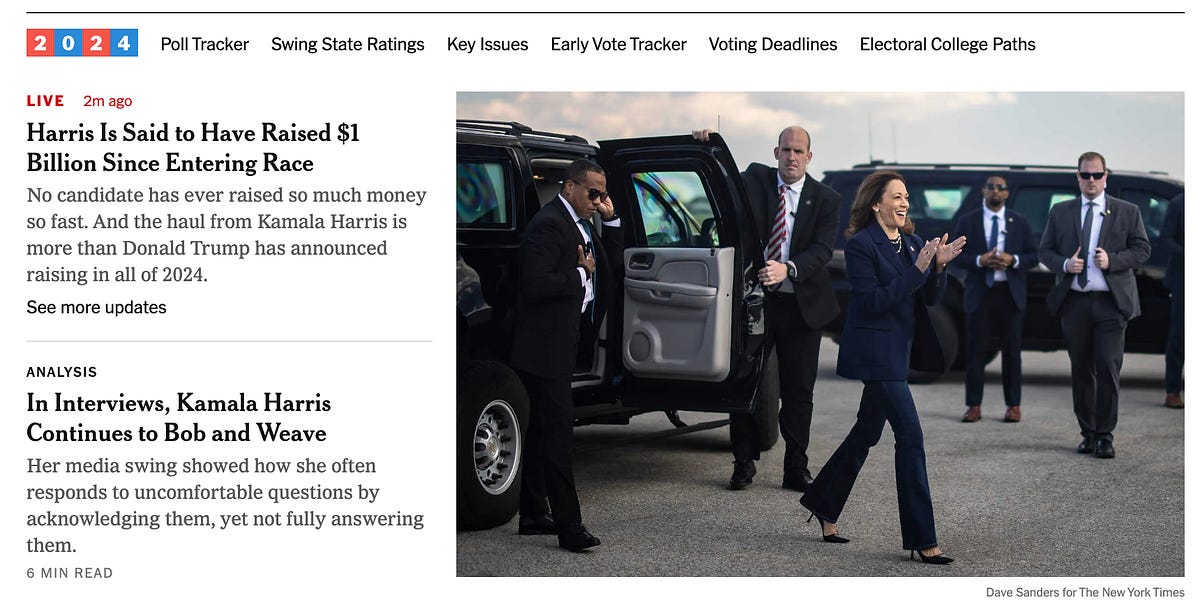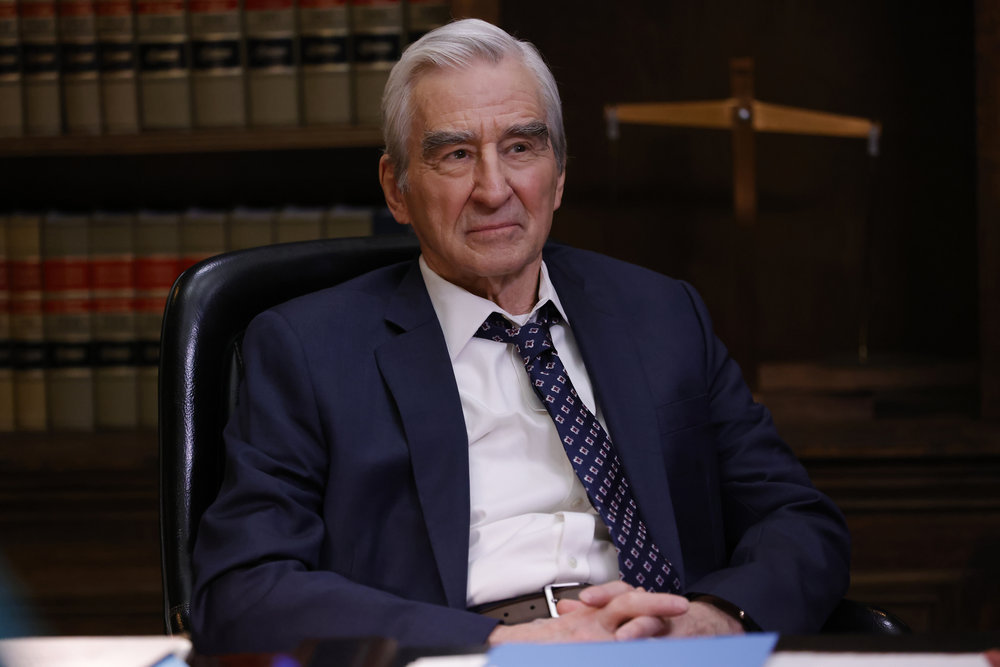Our current society’s acceptance of conspiracies is not new. … [+]
There has been much speculation about why the United States didn’t fire down the Chinese balloon slowly floating over the United States. Although the facts of the matter are well-known, many people on social media tried to make up their own opinions.
The topic was not the most popular on social platforms. Many users debated how classified documents were found at President Joe Biden’s home, Hunter Biden’s laptop, and what even caused Damar Hamlin, safety officer for the Buffalo Bills, to suffer cardiac arrest last month.
Social media has many answers.
We shouldn’t be relying on it too much, since the sites continue to spread wild conspiracy theories and misinformation. These conspiracy theories and wild ideas are not solely the fault of social media.
History is not new in its acceptance of conspiracy theories by the current population. Actually, evidence of the acceptance and diffusion conspiracy theories dates back at least to the inception of our nation. This is not a new phenomenon in American culture. According to Dr. Kent Bausman of Maryville University, Professor of Sociology in the Online Sociology Program, conspiracy thinking is as widespread in European countries as it is in the United States.
Today, conspiracy theories are more easily spread to the masses. People with fringe ideas used to have to look for people with similar thoughts, but today you can find like-minded individuals on Twitter and Facebook.
Bausman pointed out that Karl Popper, a philosopher, was the first person to provide significant insights into why certain people are more susceptible to conspiracy theories being accepted than others. Popper believed that in any society, there will be those who seek to think the least and find reductionist explanations of the events.
Social media is a great option in this instance.
Bausman added that “Further these individuals want to attribute the source for the events they find confounding or fearful to someone(s) in the culture.” The truth and falsity of these understandings is secondary to the feeling of resolution they provide individuals, who are often at the edges or extremes.
These Theories: Why do some believe them?
Even if the evidence is contradictory to conspiracy theories, compounding and even incontrovertible evidence can still be used. However, there are other factors.
It is cognitive.
Professor of Business at George Washington University School of Business, Dr. James Bailey explains that the world is complex and there are thousands of information points to be sorted through before we can reach a meaningful conclusion.
Bailey said that conspiracy theories “save our brains from the tedious work of finding solutions to complex problems by making them easy to understand, and all well-organized.” Our mental processes are simplified in this way. We don’t have to sacrifice accuracy just for efficiency.
One reason that could also be cited as being social-psychological is another.
Bailey explained that conspiracy theories are convincing because they include subterfugete and intrigue as well as sharp denotations between the good and the bad. “Because also we desire to be compelling, it is likely we will repeat them.” These words can be hard to recover once they are spoken. Only way to get out of this is to acknowledge that we are wrong.
That can be a hard thing for many to do, especially as it makes individuals look bad – and it forces those “believers” to accept their wasted effort, time, and resources supporting the cause, so some no doubt will double down, even against the incontrovertible evidence.
Bailey stated, “Confessing your faults damages our fragile egos. Something we go to great lengths in protecting,” Bailey added. We don’t back down, but we ramp up and escalate our verbal commitments, elevating them often to dogma.
Social Media Helps Conspiracy Theories Survive
Simply stated, conspiracy theories are bound to continue spreading and finding an audience because social media makes it easy for everyone to speak up. In a world where millions or billions of people accept the theory, fringe ideas don’t appear so outlandish.
Bausman stated that the interesting aspect of conspiracy theories’ contribution by social media is not just its amplifying of emerging theories but also their exponentially increasing commodification.
Bausman said, “There’s always been an industry for books and documentaries about conspiracy theories. The various theories surrounding JFK’s assassination are the best example.” Social media, however, has enabled the creation of whole communities and people for such ideas to be spread and consumed.
Social media platforms can be thought of as the social equivalent to the old tabloids stand-rags, which once existed in grocery stores checkout lines. Bausman noted that social media presents conspiracy theories with an aura legitimacy which can offer potential authenticity to unverified claims. Additionally, the further monetization by social media of trafficking in conspiracy theories has incentivized proliferation of contributors who post misleading content. This is without any regard to their veracity or potential consequences.
While it may seem simple to ignore such views and pass them off as innocent, research has shown that such people are more likely have prejudicial attitudes about underrepresented groups. Additionally, they tend to adopt radical political positions which can lead to violent or disengagement from civic engagement.
Bausman stated that it will be intriguing to observe how much further amplifying reality can confuse reality. It was easy to read at random in a grocery shop the headline “Elvis is alive, living in a trailer,” but once a message has been trafficked enough, it can start to appear legitimate, so that critics may question the validity of their views. This suggests that conspiracy theories spreading through social media could be a bigger problem in our society.
























































![Key Metrics for Social Media Marketing [Infographic] Key Metrics for Social Media Marketing [Infographic]](https://www.socialmediatoday.com/imgproxy/nP1lliSbrTbUmhFV6RdAz9qJZFvsstq3IG6orLUMMls/g:ce/rs:fit:770:435/bG9jYWw6Ly8vZGl2ZWltYWdlL3NvY2lhbF9tZWRpYV9yb2lfaW5vZ3JhcGhpYzIucG5n.webp)
















